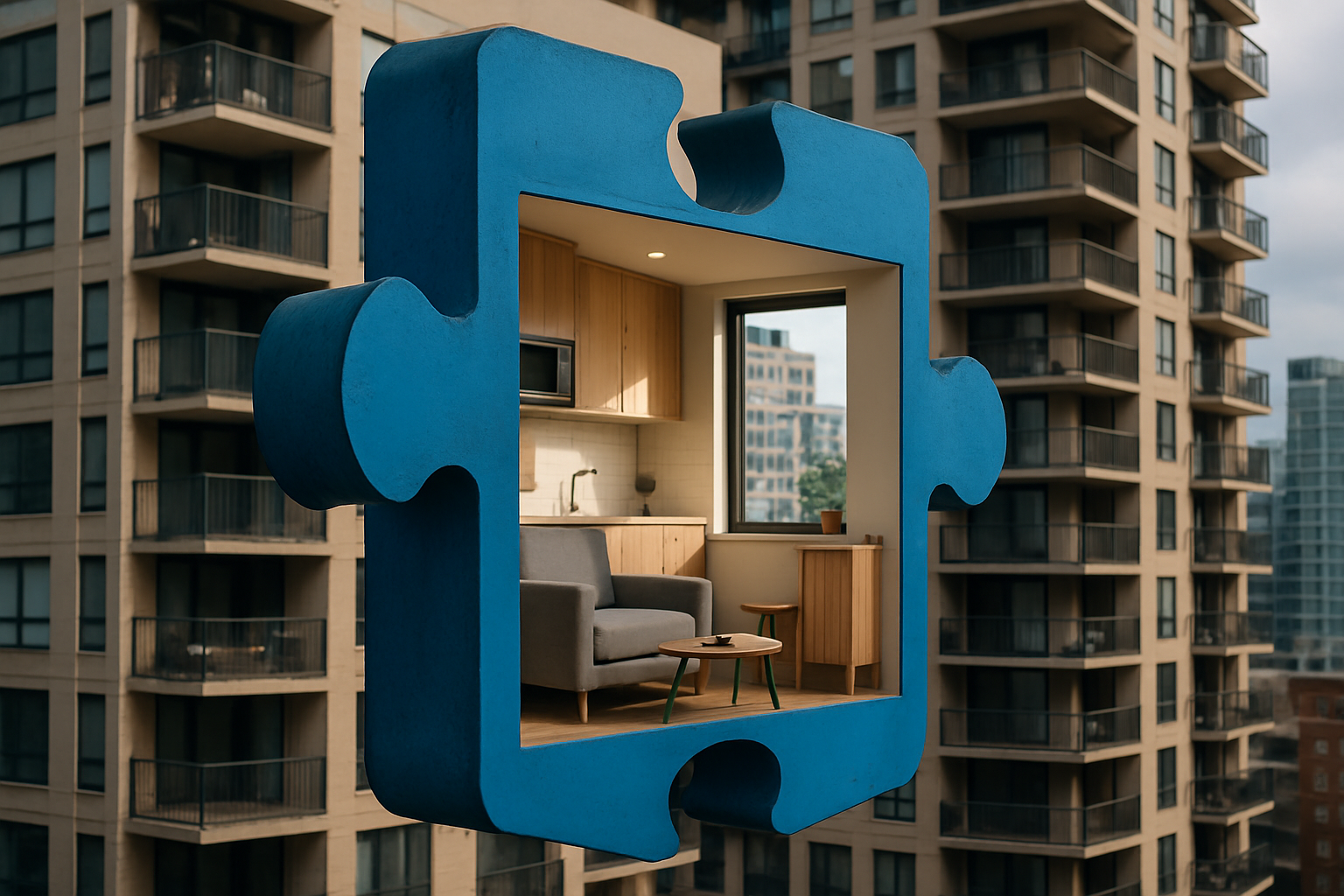The Complete Guide to Calculate Your Real Home Value
Determining your home's real value is a crucial step in making informed decisions about your property. Whether you're considering selling, refinancing, or simply curious about your investment, understanding how to calculate your home's worth accurately is essential. This comprehensive guide will walk you through the process, providing valuable insights and tools to help you determine your property's true market value.

The Rise of Micro-Living
Micro-units, also known as micro-apartments or nano flats, have been gaining traction in cities worldwide over the past decade. This trend is driven by a confluence of factors, including urbanization, changing demographics, and evolving lifestyle preferences. In densely populated urban centers like New York, San Francisco, and Tokyo, where space comes at a premium, these compact dwellings provide an innovative solution to the housing crunch.
The concept isn’t entirely new - efficiency apartments and studio flats have long been a part of the urban landscape. However, modern micro-units take the idea of compact living to new heights, incorporating smart design elements and cutting-edge technology to maximize livability in minimal square footage.
Design Innovations in Small Spaces
One of the key factors driving the success of micro-units is the innovative approach to design. Architects and interior designers are pushing the boundaries of spatial efficiency, creating living spaces that feel much larger than their actual square footage suggests. Multi-functional furniture, such as Murphy beds that transform into desks or dining tables, and built-in storage solutions are standard features in these compact homes.
Many micro-units also incorporate high ceilings and large windows to create a sense of openness and bring in natural light. Some developers are experimenting with modular designs that allow residents to customize their living space according to their needs, further enhancing the appeal of these compact dwellings.
The Economics of Micro-Units
From an investment perspective, micro-units present an intriguing opportunity. While the per-square-foot cost of developing these units is often higher than traditional apartments due to the need for more plumbing and electrical work per unit, they can potentially generate higher rental yields. In prime urban locations, where land costs are astronomical, developers can fit more units into a given footprint, potentially increasing their return on investment.
For renters, micro-units offer an affordable entry point into desirable neighborhoods that might otherwise be out of reach. While the monthly rent for a micro-unit may not be significantly lower than a larger apartment in the same area, the overall cost of living can be reduced due to lower utility bills and the need for less furniture and belongings.
Target Demographics and Market Demand
Micro-units appeal to a diverse range of urban dwellers, but they’re particularly popular among young professionals, students, and single individuals who prioritize location over space. These demographics often value the experiential aspects of city living - proximity to work, cultural attractions, and nightlife - over large living quarters.
Empty nesters and retirees looking to downsize while maintaining an urban lifestyle are also showing increasing interest in micro-units. For this group, the appeal lies in the combination of a manageable living space and the vibrancy of city life.
Regulatory Challenges and Urban Planning Implications
Despite their potential benefits, micro-units face regulatory hurdles in many cities. Minimum size requirements for residential units, parking regulations, and zoning laws can pose significant challenges to developers looking to build micro-unit projects. However, as housing affordability issues persist, some cities are revisiting these regulations and creating pilot programs to test the viability of micro-housing.
From an urban planning perspective, micro-units could play a crucial role in addressing housing shortages and promoting sustainable, high-density development. By allowing more people to live in central locations, they can potentially reduce commute times and carbon emissions associated with urban sprawl.
The Future of Micro-Units in Real Estate
As urban populations continue to grow and housing affordability remains a pressing issue, micro-units are likely to play an increasingly important role in the real estate landscape. The success of these compact dwellings will depend on several factors, including continued innovation in design, shifts in consumer preferences, and evolving urban policies.
Looking ahead, we may see the micro-unit concept expand beyond residential applications. There’s potential for micro-retail spaces, compact offices, and even micro-hotels, all capitalizing on the efficient use of space in prime urban locations.
While micro-units may not be for everyone, they represent a creative solution to some of the most pressing challenges facing urban real estate markets. As cities grapple with housing affordability and sustainability, these tiny spaces could have an outsized impact on the future of urban living.




